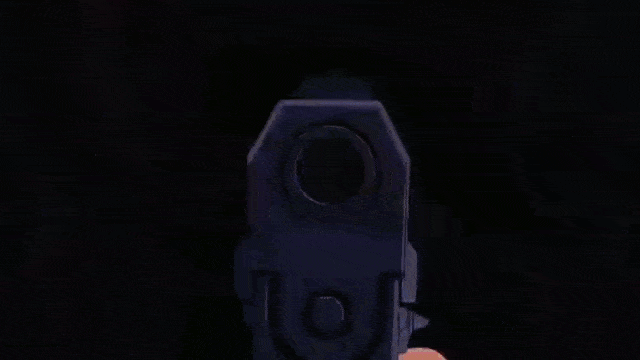Saturday, July 27, 2019
The End of Evangelion (1997)
I am in love with Japanese cinema, and that goes doubly for anime. Anno Hideaki’s Neon Genesis Evangelion is some of the most enjoyable anime I have seen, and The End of Evangelion is the best cinematic adaptation of the franchise. Deeply philosophical yet chemically engaging, the film left a profound effect on me when I first saw it and continues to do so to this day.
Evangelion seems to draw inspiration from Andrei Jodorovsky’s unproduced adaptation of Dune. If that’s not weird enough, the film opens with a scene that I can’t even talk about on a family-friendly website. A thorough critical analysis of The End of Evangelion could fill a book, so I will not attempt to provide one. On the other hand, I won’t simply say “just watch it” like so many other fans, because this is a film that deserves to be watched and talked about.
Thematically, Neon Genesis Evangelion is about truly accepting yourself as a member of the human species. We are all antiheroes of our own stories.
This theme is common in Japanese media, even before World War II. Kurosawa Akira’s first feature, Sugata Sanshiro, expressed the same theme in 1943. The film was re-edited by the Japanese government to conform to wartime standards, though this was before the outcome of the war could be predicted. Japan has always had an imperial, dignified, and expressive culture, and it amplified after they got nuked.
Speaking of things that go boom, The End of Evangelion is full of high-powered artillery, including giant humanoid robots. I am of two minds about this. Spectacle is necessary to maintain people’s attention, especially in animation. On the other hand, this puts the film in the same category as Gundam, Dragon Ball Z, and other Saturday morning cartoons. Evangelion is very different from those. It never feels like you want the stupid fight scene to be over, because everything is focused on the internal and interpersonal drama of the individual.

Look at the scene above. The cuts are quantum-precise. The timing is impeccable. Though the animation was not drawn at 24 frames per second, what would become the first half of the film was animated at 24 in the early ’90s using entirely mechanical matte effects. This is art of the highest caliber.
You could take the robots and guns away and still have something that feels like a version of Evangelion. This was actually done in the final episode of the series, portraying an alternate universe with the same character drama and none of the sci-fi. Of course, all that shiny metal is one of the main visual appeals, and life-or-death stakes amp up the interpersonal tension in a way that Western films can’t seem to properly pull off. So of course The End of Evangelion has a lot of sci-fi in it.
Near the beginning of the film, a Japanese government organization called NERV is besieged by the feds. 14-year-old Ikari Shinji is an introverted mech pilot at this organization. Due to character issues, it takes a lot of coaxing to get him into his robot to defend NERV, and by extension all of humanity. That is the plot of the first half of the film. In the second half, the plot takes a back seat. The film does not go “into the abstract”, as some people have said, but it does go to a place that one might not want to leave.
Where the film and the franchise as a whole really shine is in the relationships between the characters, including lively youths and others of various ages. This is something that anime does well, and Neon Genesis Evangelion is a powerful example. Though the franchise lost much of its magic in later installments, every franchise goes down in flames eventually. What counts are the installments that made the franchise famous in the first place, includng The End of Evangelion.
Unfortunately, Neon Genesis Evangelion is relatively obscure in the West, and good luck finding The End of Evangelion on physical media for a reasonable price. I don’t care how amazing a film is, the DVD it’s contained on should never cost $300. (Yes, that is really what some parties are charging.) There are infinitely more affordable ways to attain a copy if you know where to look. Hint.